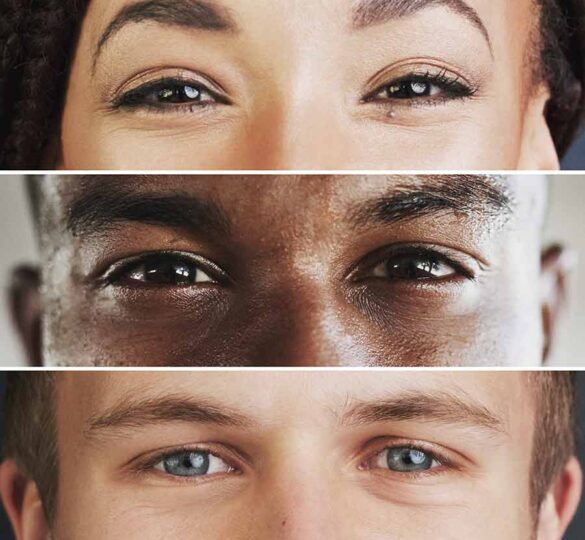Are You an Open-Angle Glaucoma Suspect?
If you've been told you are a glaucoma suspect, you're in good company — there are several million glaucoma suspects in the USA.

Glaucoma suspects have risk factors for glaucoma, but no proven damage to the optic nerve (yet). Most suspects will never develop glaucoma. But, once vision is lost, we can’t restore it, so the key is to decide whom to treat among suspects.
There are 2 main types of glaucoma, open-angle and angle-closure, and suspects for each are different.
Open-angle suspects have one or more eye findings that suggest a higher risk of having or developing glaucoma than the average person. For example, their measured eye pressure (IOP) can be higher than the average range.
Glaucoma suspects with higher than average IOP, but no damage to the optic nerve, are called ocular hypertensive. In some eyes, the real IOP is lower than what’s measured because the cornea (the clear front of the eye) is thicker than average. A large clinical trial study found that ocular hypertensives develop true glaucoma at a rate of about 2% per year and that the rate was only half as fast if eye drops to lower IOP were taken.
When patients were separated into high, medium and low-risk categories based on several factors measured at the beginning of the study; the high-risk group had the greatest risk of developing glaucoma over time and also benefited the most from treatment to lower IOP.
So, how do you and your doctor decide whether to treat ocular hypertension? It depends on a risk calculation that includes life expectancy, IOP level and other reasons that you can be a suspect. These include:
- having a blood relative with glaucoma
- having optic nerve or visual field findings on the border between glaucoma and normal
- African American ethnicity
- being myopic (near-sighted)
- having a thin cornea
- having conditions called exfoliation or pigment dispersion that increase the risk of developing glaucoma
Neither the glaucoma suspect who chooses treatment nor the one who stays off treatment is making a bad choice. It should be a shared decision between doctor and patient, depending on actual risk and individual risk tolerance. If you are someone who accepts risk easily, no immediate treatment is fine if risk is average. But, some people would lose sleep over possible permanent optic nerve damage, and for them starting treatment is a good option.
Life expectancy is part of the decision—if you have significant risk and are relatively young, your chance of developing optic nerve damage during your lifetime is greater, and treatment makes more sense. Whether treated or not, glaucoma suspects need detailed monitoring of their optic nerve and visual field every year.
If glaucoma is caught when the signs are very early and treatment begun at that time, the risk of developing serious visual loss is quite small.
Article by Harry A. Quigley, MD. Last reviewed on May 4, 2022.

Harry A. Quigley, MD.
Dr. Quigley is the A. Edward Maumenee Professor and Director of the Glaucoma Center of Excellence at the Wilmer Eye Institute at Johns Hopkins, in Baltimore, Maryland. He has participated in glaucoma studies worldwide and published over 4,500 peer-reviewed articles.